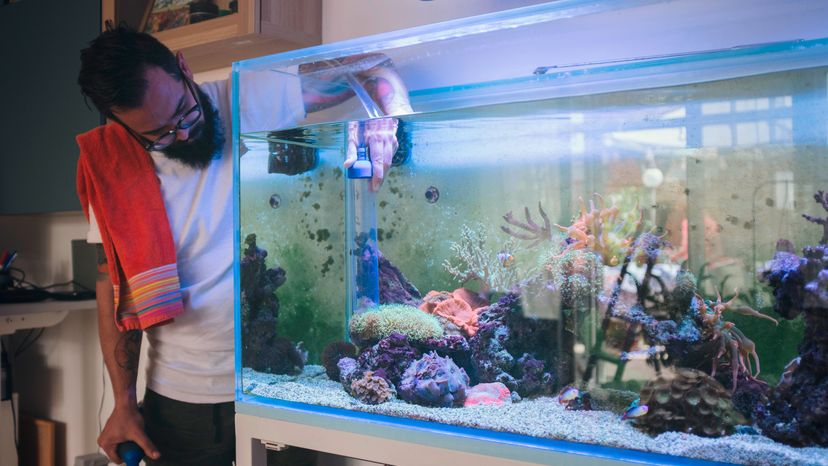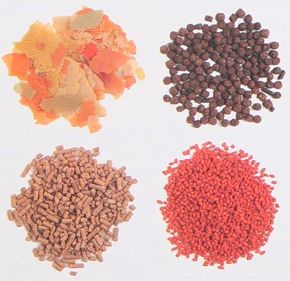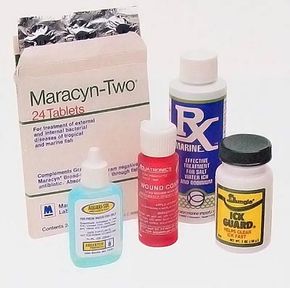Diagnosing and treating aquarium fish diseases is so complex that entire books have been written on the subject. Fish can contract a great many illnesses, and curing them can take a great deal of knowledge and effort. In addition, preventing disease is almost always easier than curing it.
Fish that live in good-quality water, receive a balanced diet, and do not continually suffer from physical stress seldom get sick. Their immune systems are quite capable of protecting them from disease-causing organisms, which are always in the water. When they do get sick, though, it always helps to notice their condition early.
As a general rule, changes in the physical appearance and behavior of the fish are indicators of other problems, so it pays to observe your fish carefully. If any of these characteristics look suspicious, test the water to make sure there are no problems there. As a precaution, clean the filter and change a third of the water in the tank.
When you suspect that any of the fish may be sick, do not add any medications to the tank. You should not treat the tank without knowing what the fish is suffering from. Many fish medications are ineffective or contain so little medication that they do no good at all.
Antibiotics in particular are a problem. If used in small amounts, the bacteria they are supposed to kill can develop resistance to the drugs. When used at much higher doses, the nitrifying bacteria in the biological filter can be wiped out.
Most medications include instructions to change some of the water before each dose. As often as not, it is the water changes, not the medication, that are responsible for the fish getting better.
One common but easily cured disease is ich, which is caused by a parasite, Ichthyophthirius multifillis. This disease is typically brought on by physical stress, such as the fish being handled or the temperature of the water changing rapidly.
The fish's body and fins will be covered with very small white spots. Fortunately, ich can be cured easily by raising the water temperature to about 84º Fahrenheit and treating with the proper medication.
Avoid medications with copper in them. Copper can build up in an aquarium and then suddenly be released if the water chemistry changes, killing the fish. Copper is particularly dangerous in tanks with soft water.
Another common disease is fin rot. This disease results in the edges of the fins taking on an uneven appearance as they get shorter and shorter. This disease, which often results from poor environmental conditions, is easily treated with many of the medications available just for this purpose.
One other somewhat common disease is fungus -- typically a fuzzy, white cottony patch. This is a secondary disease, taking hold at the site of a physical injury. If the water quality is poor, fungus can infiltrate the wound. This problem is also easily cured with the proper medication. Ask your dealer for advice.
To learn more about freshwater aquariums, see:


